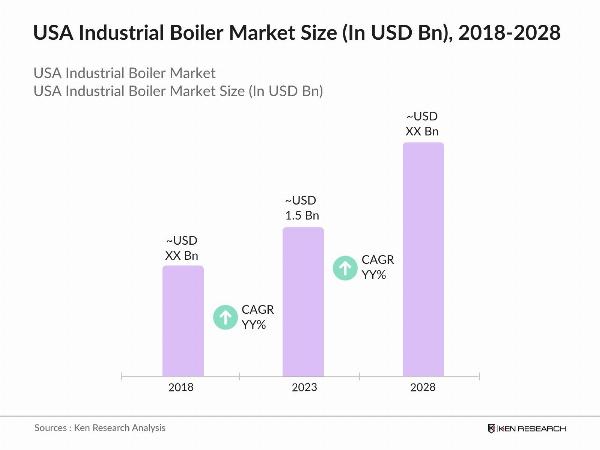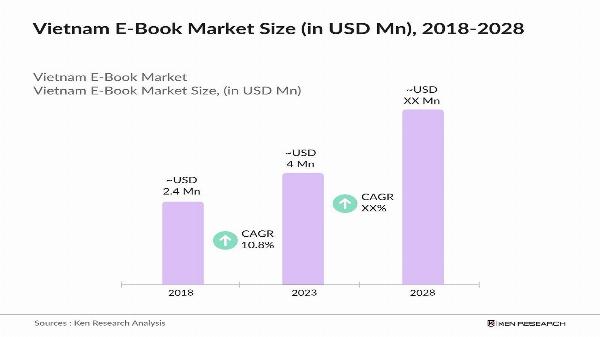 On-Page SEO Optimization – Fix Hidden Errors Killing Rankings!
On-Page SEO Optimization – Fix Hidden Errors Killing Rankings!
SWOT Analysis of the USA Micro Inverter Market
Written by Naman Rohilla » Updated on: June 17th, 2025

The USA Micro Inverter Market is undergoing significant transformation, driven by technological advancements, growing demand for renewable energy, and favourable government policies. As of 2023, the market was valued at USD 1 billion and is expected to grow rapidly at a compound annual growth rate (CAGR) of 15% through 2028. A SWOT analysis provides a comprehensive view of the strengths, weaknesses, opportunities, and threats faced by players in this dynamic market. Let’s dive into a detailed SWOT analysis of the USA micro-inverter market to understand the key factors shaping its future.
USA Micro Inverter Market SWOT Analysis
Strengths
1. High Efficiency and Reliability
Micro inverters have distinct advantages over traditional string inverters, primarily due to their ability to convert power at the individual solar panel level. This distributed power conversion system ensures that the performance of a single panel does not affect the entire solar array, leading to higher overall system efficiency. In areas where shading, dirt, or panel damage might occur, micro inverters significantly boost the energy output of a solar installation.
This makes micro inverters particularly popular in residential solar systems, where environmental factors like shading from trees or buildings can affect panel performance. The reliability and performance optimization offered by micro inverters are key strengths that drive their adoption.
2. Easy Installation and Scalability
Micro inverters are generally easy to install, making them a preferred choice for installers and solar integrators. Unlike traditional string inverters that require complex wiring, micro inverters operate as plug-and-play devices, reducing the complexity of installation and minimizing potential errors.
Additionally, micro inverters offer excellent scalability, which is beneficial for homeowners and businesses that wish to gradually expand their solar systems. This flexibility allows users to add more solar panels and micro inverters over time, aligning with changing energy needs.
3. Enhanced Safety Features
Micro inverters operate at lower voltages compared to string inverters, making them safer for residential installations. The reduction in high-voltage DC wiring reduces the risk of electric fires and accidents, making micro inverters an attractive option for safety-conscious consumers. Many top players in the market, such as Enphase Energy and APsystems, have also integrated safety and shutdown features, ensuring compliance with safety regulations.
4. Real-Time Monitoring and Control
Modern micro inverters come equipped with smart energy management systems that allow users to monitor and control their solar installations remotely. These systems provide real-time data on the performance of individual solar panels, enabling better system management and timely maintenance. This feature not only enhances the user experience but also increases the overall lifespan and productivity of the solar system.
Weaknesses
1. Higher Upfront Costs
One of the primary weaknesses of micro inverters is their higher initial cost compared to string inverters. Although micro inverters offer improved performance and reliability, their upfront costs can be a deterrent for price-sensitive consumers. This has historically limited their adoption, especially in larger commercial projects where cost efficiency is a major factor.
While the price gap between micro inverters and string inverters has narrowed over the years due to technological advancements, the cost issue remains a challenge for wider adoption, particularly in emerging markets and among budget-conscious homeowners.
2. Complex Maintenance in Large Systems
Although micro inverters are generally reliable, their distributed nature can create maintenance challenges in large-scale commercial or utility solar installations. With each panel requiring its own micro inverter, identifying and replacing faulty units can become a time-consuming and labor-intensive process. This is less of an issue for residential systems but could impact larger installations where operational efficiency is critical.
3. Dependence on Solar Energy Demand
The market for micro inverters is heavily dependent on the overall demand for solar energy systems. Any fluctuations in the solar market—due to changing government policies, economic downturns, or supply chain issues—can directly impact the demand for micro inverters. This dependence on external market conditions presents a risk for manufacturers and distributors.
Opportunities
1. Rising Demand for Solar + Storage Systems
One of the most significant opportunities for growth in the USA micro inverter market lies in the increasing adoption of solar + storage solutions. As consumers become more conscious of energy independence and resilience, especially in areas prone to power outages, there is growing interest in pairing solar panels with battery storage systems.
Micro inverters are uniquely suited to work with these systems, providing seamless integration and enhanced performance. Companies like Enphase Energy are already capitalizing on this trend by offering integrated solar + storage solutions, and other players in the market are likely to follow suit.
2. Government Policies and Incentives
Government support for renewable energy projects is a major driver of growth in the USA micro inverter market. Policies such as the Investment Tax Credit (ITC), which provides a 30% federal tax credit for solar installations, have been pivotal in encouraging the adoption of solar energy across residential, commercial, and industrial sectors. The extension of the ITC through 2032 ensures a stable policy environment, offering manufacturers and consumers long-term confidence in the solar market.
Additionally, many U.S. states have implemented Renewable Portfolio Standards (RPS), which mandate utilities to source a certain percentage of their energy from renewable sources. This presents a substantial opportunity for growth, particularly in regions where solar energy adoption is being incentivized.
3. Technological Advancements
Continuous improvements in micro inverter technology—such as higher conversion efficiencies, better durability, and enhanced connectivity—are driving the market forward. The development of next-generation inverters with more advanced energy management features presents an opportunity for manufacturers to capture greater market share.
Further integration with smart grid technology, enabling two-way communication between solar systems and utility grids, offers a promising avenue for micro inverter companies to provide value-added services such as demand response and grid stabilization.
4. Growing Adoption in Commercial and Industrial Sectors
While micro inverters have traditionally been used in residential solar systems, there is a growing opportunity for their adoption in commercial and industrial sectors. Businesses are increasingly recognizing the benefits of decentralized energy conversion, real-time monitoring, and scalability that micro inverters offer. As companies look to reduce energy costs and their carbon footprints, micro inverters will play an important role in large-scale solar installations.
Threats
1. Intense Competition from String Inverters
Despite the advantages of micro inverters, string inverters continue to dominate large-scale commercial and utility solar projects due to their lower costs and simpler maintenance requirements. As string inverter technology evolves, offering enhanced performance and monitoring capabilities, they pose a competitive threat to micro inverters, particularly in price-sensitive markets.
2. Supply Chain Disruptions
The solar industry, including micro inverter manufacturers, is susceptible to supply chain disruptions. Global events such as the COVID-19 pandemic have demonstrated the fragility of supply chains, resulting in delays, cost increases, and shortages of critical components such as semiconductors. Any future disruptions could negatively impact production and delivery timelines, affecting market growth.
3. Regulatory Challenges
While government incentives have been a driving force for solar adoption, the micro inverter market is also subject to regulatory challenges. Changes in policies, delays in regulatory approvals, or modifications in safety standards can affect market conditions. Additionally, tariffs on imported components, including those used in solar inverters, could increase costs for manufacturers and consumers.
4. Economic Downturns
Economic downturns or recessions can dampen investment in renewable energy projects, reducing the demand for solar systems and, by extension, micro inverters. The solar industry is sensitive to changes in the broader economic landscape, and any slowdown in consumer spending or commercial investment could pose a threat to the growth of the micro inverter market.
Conclusion
The USA Micro Inverter Market presents significant growth potential, thanks to the increasing adoption of solar energy, advances in technology, and supportive government policies. While the market has numerous strengths, including high efficiency, scalability, and enhanced safety features, it also faces challenges such as higher upfront costs and competition from string inverters.
Opportunities abound in the growing demand for solar + storage systems, commercial adoption, and technological advancements, but threats such as supply chain disruptions and economic uncertainties could slow market growth. Overall, the market is poised for continued expansion, with key players innovating to address both the challenges and opportunities ahead.
Note: IndiBlogHub features both user-submitted and editorial content. We do not verify third-party contributions. Read our Disclaimer and Privacy Policyfor details.
Copyright © 2019-2025 IndiBlogHub.com. All rights reserved. Hosted on DigitalOcean for fast, reliable performance.
















